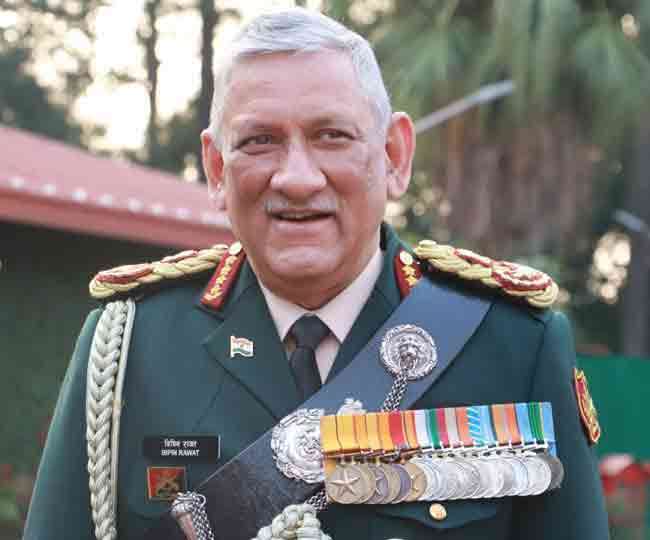
CDS Bipin Rawat Chopper Crash: Investigation Ruled out Sabotage, Crash Caused by Bad Weather Conditions
NEW DELHI, Jan 5: The investigation into the helicopter crash leading to the death of the then Chief of the Defence Staff (CDS) Bipin Rawat and 13 others has ruled out any technical snag or sabotage. Bad weather leading to a phenomenon called Controlled Flight Into Terrain (CFIT) is believed to have been identified as the prime reason for the crash of the IAF helicopter near Coonoor, reliable sources said on Wednesday.
Chief of Air Staff Air Chief Marshal VR Chaudhari and Air Marshal Manvendra Singh who headed the tri-service investigation into the crash apprised Defence Minister Rajnath Singh on the findings of the probe on Wednesday.
The sources said the investigators have ruled out any possibility of technical snag or sabotage in the crash of the Russian-origin twin-engine Mi-17V5 helicopter that was flying from Sulur airbase to Wellington on December 8.
According to experts, the CFIT refers to a phenomenon when an aircraft under control is piloted into the ground, water or other terrains largely due to bad weather or pilot error. The CFIT generally takes place in bad weather conditions or when a flight is landing. There is no official comment on the probe report either by the Indian Air Force or by the defence ministry.
According to the IATA (International Air Transport Association), CFIT refers to accidents in which there was a collision with terrain, water, or obstacle, without indication of loss of control of the aircraft.
“The critical distinction in these types of accidents is the fact that the aircraft is under the control of the flight crew,” it said.
The Federal Aviation Administration of the US government described CFIT as an unintentional collision with terrain (the ground, a mountain, a body of water, or an obstacle) while an aircraft is under positive control.
“Most often, the pilot or crew is unaware of the looming disaster until it is too late,” it said. The sources said a sudden cloud cover could have resulted in the CFIT. “At times, a pilot may lose situational awareness when there is a visual disruption,” said an aviation expert. Visuals of the helicopter captured by locals before the crash had shown that the chopper was flying at a low altitude.
The chopper had crashed around eight minutes before its scheduled landing at Wellington. The people said the probe team examined all likely scenarios for the crash including possible human error or whether it was a case of disorientation by the crew when the helicopter was preparing for landing.
Gen Rawat’s wife Madhulika, his defence advisor Brigadier LS Lidder, staff officer to the Chief of Defence Staff, Lt Col Harjinder Singh and decorated pilot Group Captain Varun Singh were among 13 others killed in the crash near Coonoor in Tamil Nadu.
Air Marshal Singh, who headed the probe team, is currently serving as Air Officer Commanding-in-Chief of the Bengaluru-headquartered Training Command of the IAF. He is known to be one of the best air crash investigators in the country. Before taking the reins of the Training Command, the Air Marshal was the Director General (Inspection and Safety) at the Air headquarters and developed various protocols for flight safety while serving in the post.
(Manas Dasgupta)













